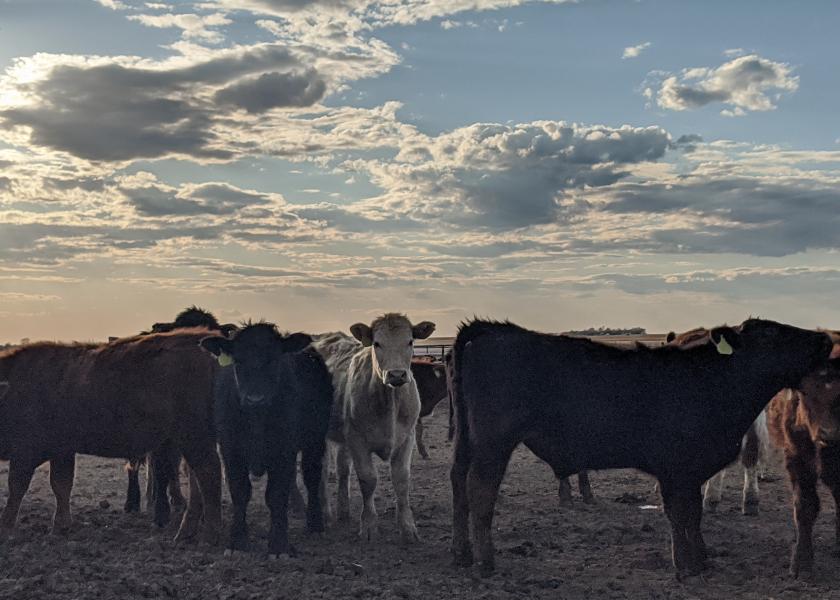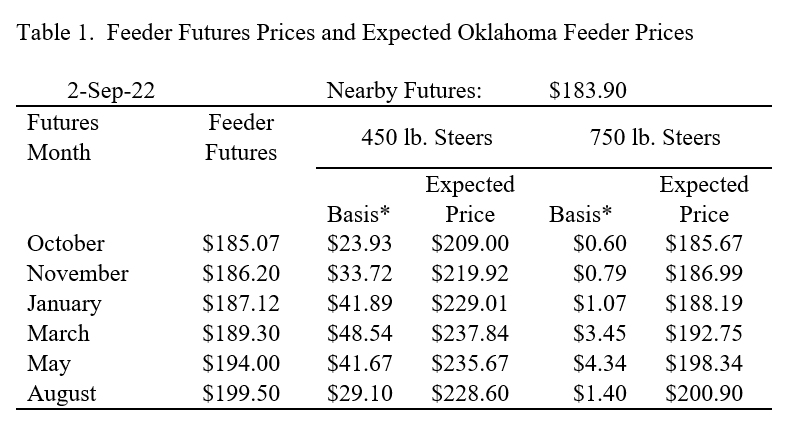Peel: Prepare for Marketing Calves this Fall

With Labor Day behind us, it is a good time to prepare for marketing calves this fall. The majority of beef calves are spring born, which typically leads to a large fall run of calves. Auction volumes have been larger than usual this summer as the drought in many regions has forced early calf sales. Nevertheless, significant numbers of calves will be marketed before the end of the year.
Weaned calves bring a significantly higher price than bawling calves at auction. Although 30 days is considered a minimum for weaning, buyers strongly prefer calves to be weaned at least 45 days. Recent data and preliminary analysis suggest that weaning periods of 60, 75 and up to 90 days or more bring additional premiums. Longer weaning periods provide more time for calves to recover from the stress of weaning, develop better health and immunity, and to learn to eat from bunks.
Basic calf management such as castration and dehorning were hopefully done at branding, but any late calves missed at branding should be done well ahead of marketing time. Deworming at weaning may also be indicated depending on location and pasture conditions. Two rounds of clostridial and respiratory vaccinations should be given. If calves were vaccinated at branding, a booster can be given at weaning, otherwise vaccinations can be done pre-weaning and weaning or weaning and post-weaning. Vaccination for Pasteurella at weaning is also recommended.
Each of the above practices adds value to calves and the value of all the practices combined in a complete pre-conditioning program is higher than individual practices. Even more value may be captured if calves are enrolled in a certified pre-conditioning program that provides documentation and assurance to buyers that these practices have been properly done. The Oklahoma Quality Beef Network (OQBN) is one such program. Information on the OQBN program is found at https://extension.okstate.edu/programs/oklahoma-quality-beef-network/.
The schedule of upcoming OQBN sales is also found at this website. The 60-day weaning deadline for the early OQBN sales occurs in the next few days.
Typically, calf prices reach the seasonal low around October. However, calf prices have moved counter-seasonally higher this summer as part of a general trend of higher cattle prices. That trend is expected to continue and is reflected in Feeder Cattle futures prices. Table 1 shows Feeder Futures prices for the coming months from October to August 2023. The futures prices show a roughly $14/cwt. uptrend in prices in the next year. When adjusted for Oklahoma City basis (local cash minus feeder futures price), the expected prices for 450- and 750-pound steers for the coming months are shown in Table 1.
For example, the November Feeder futures price in Table 1 is $186.20/cwt. The November price of 450-pound steers (M/L No. 1) in Oklahoma City have historically averaged $33.72/cwt. higher than November Feeder Futures (basis) leading to an expected November price of $219.92/cwt. (The combined auction cash price in late August was $211.49/cwt.)
Of course, futures prices adjust constantly and there is no guarantee that actual cash prices will match these expected prices. However, futures prices and corresponding expected Oklahoma prices may provide some guidance for marketing plans and expectations and provide the foundation for risk management programs for calves or retained feeder cattle.








